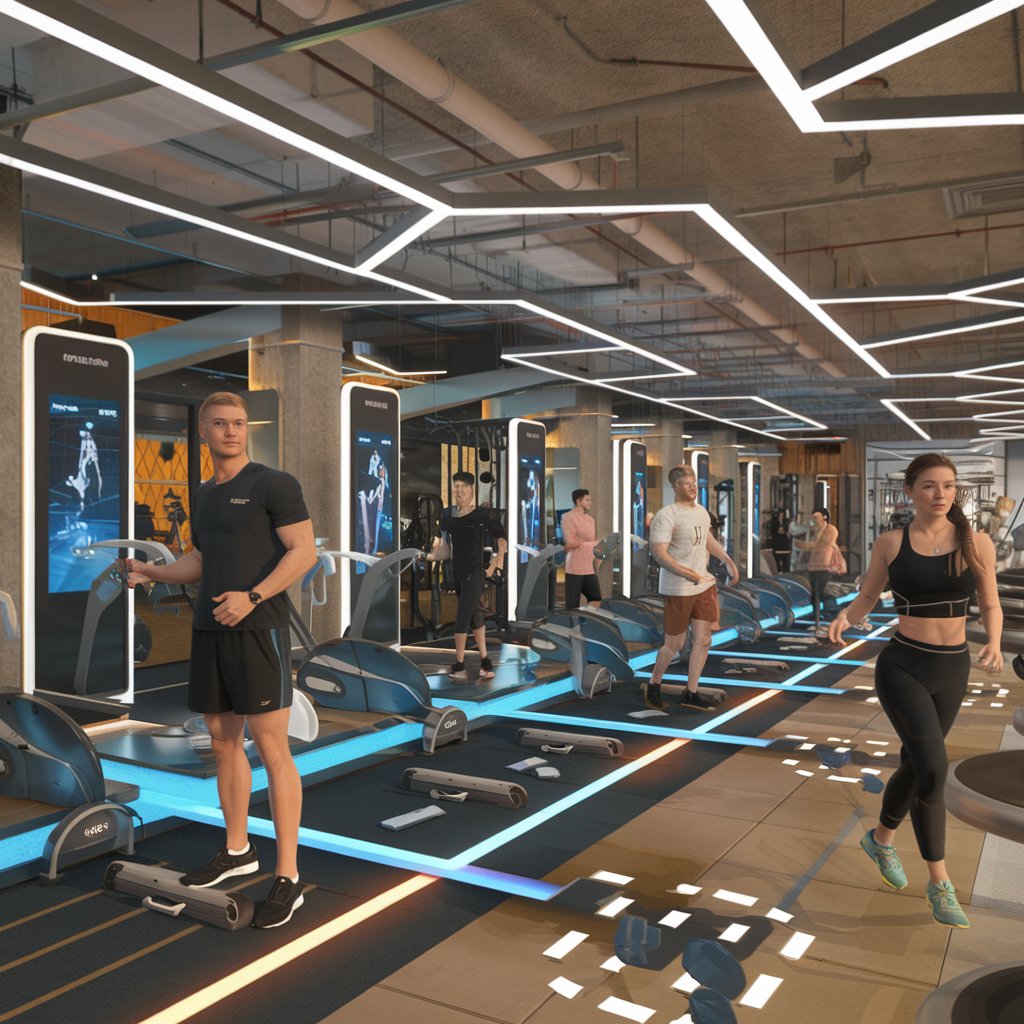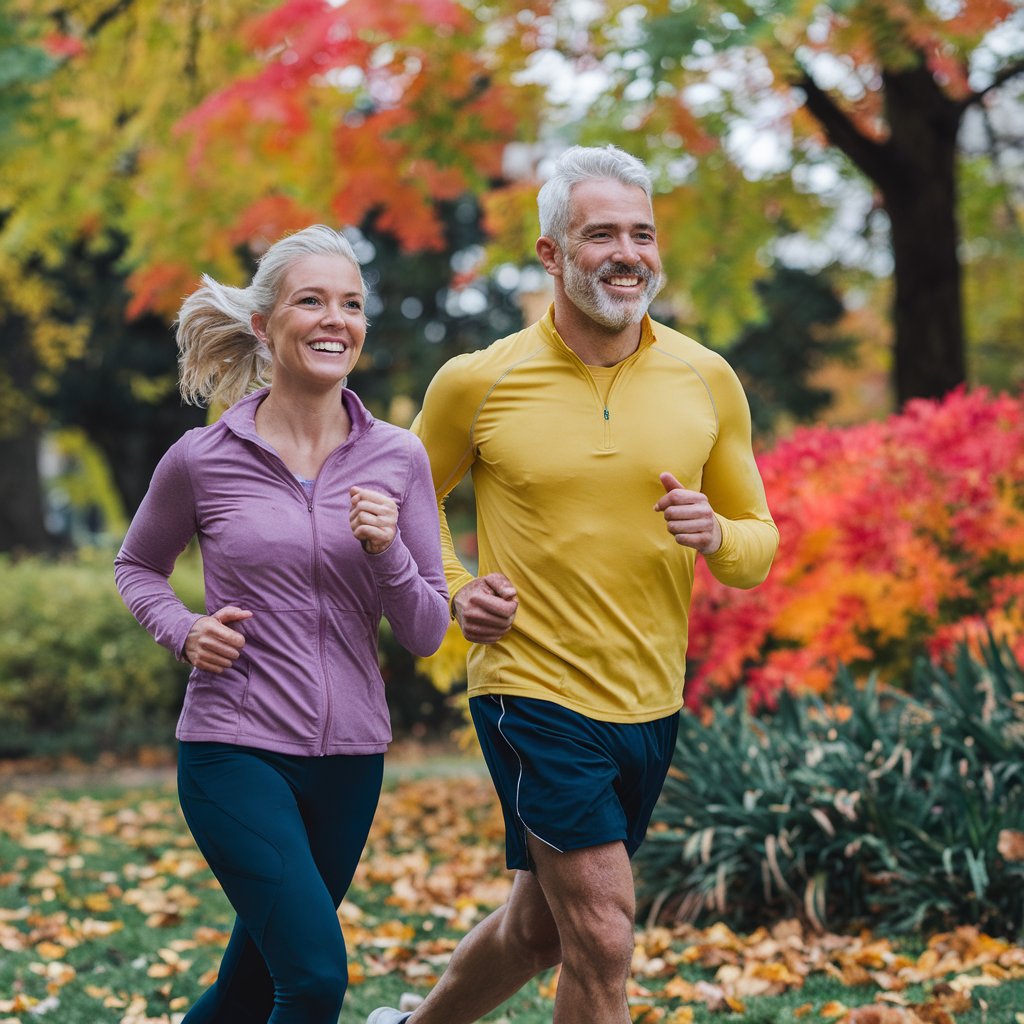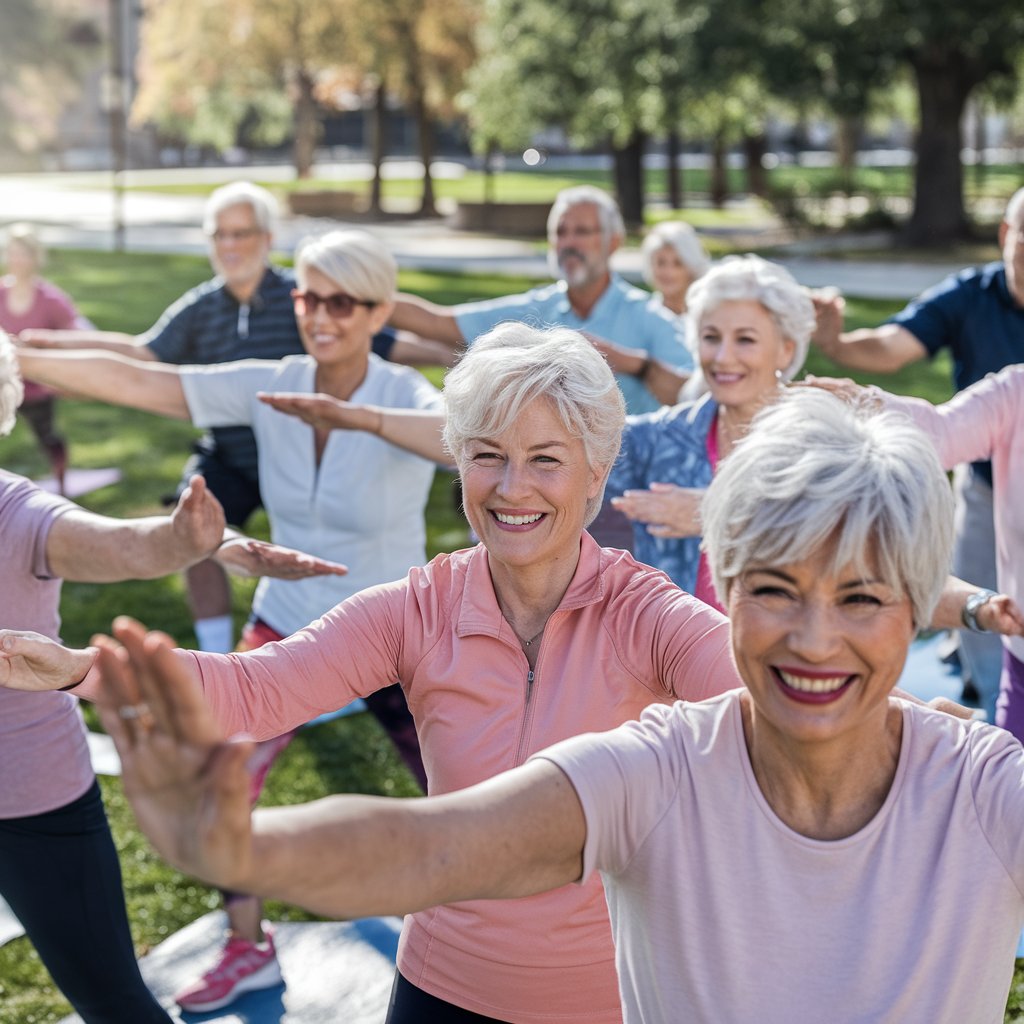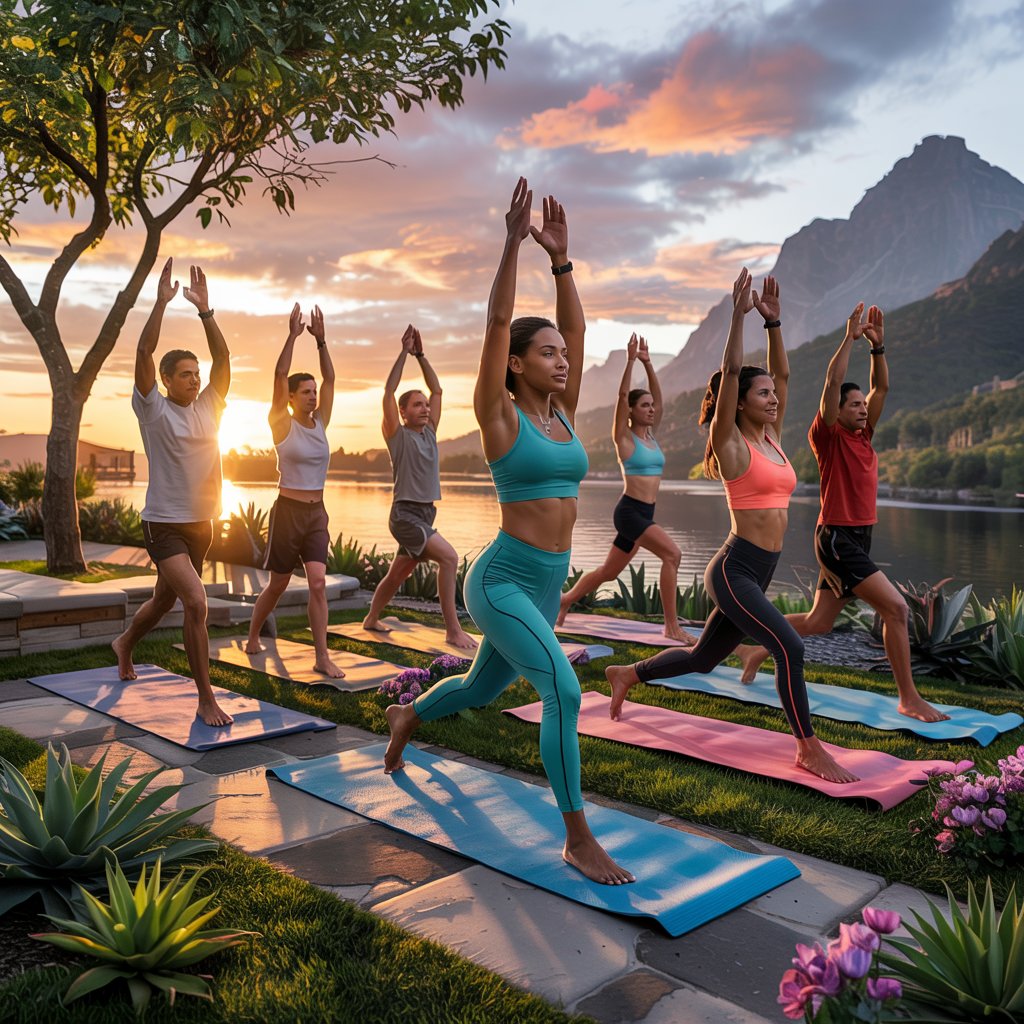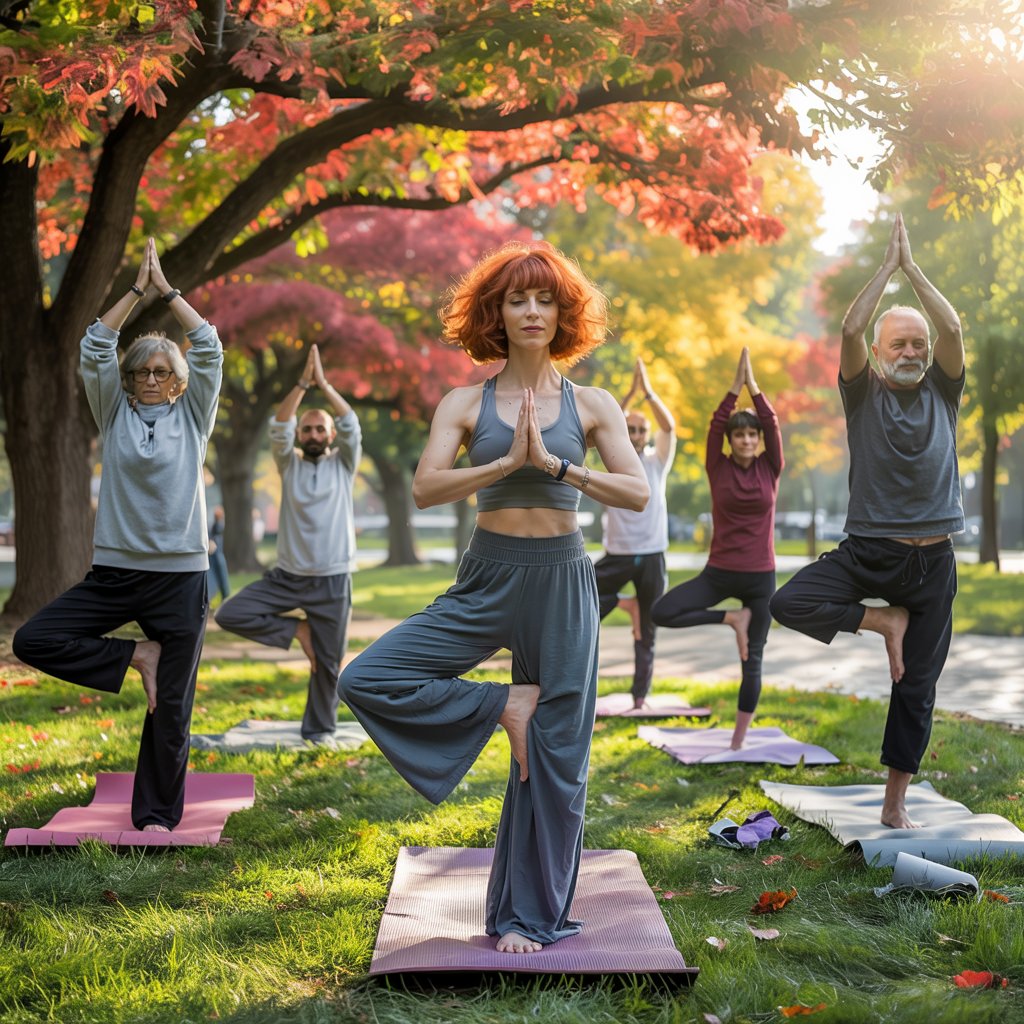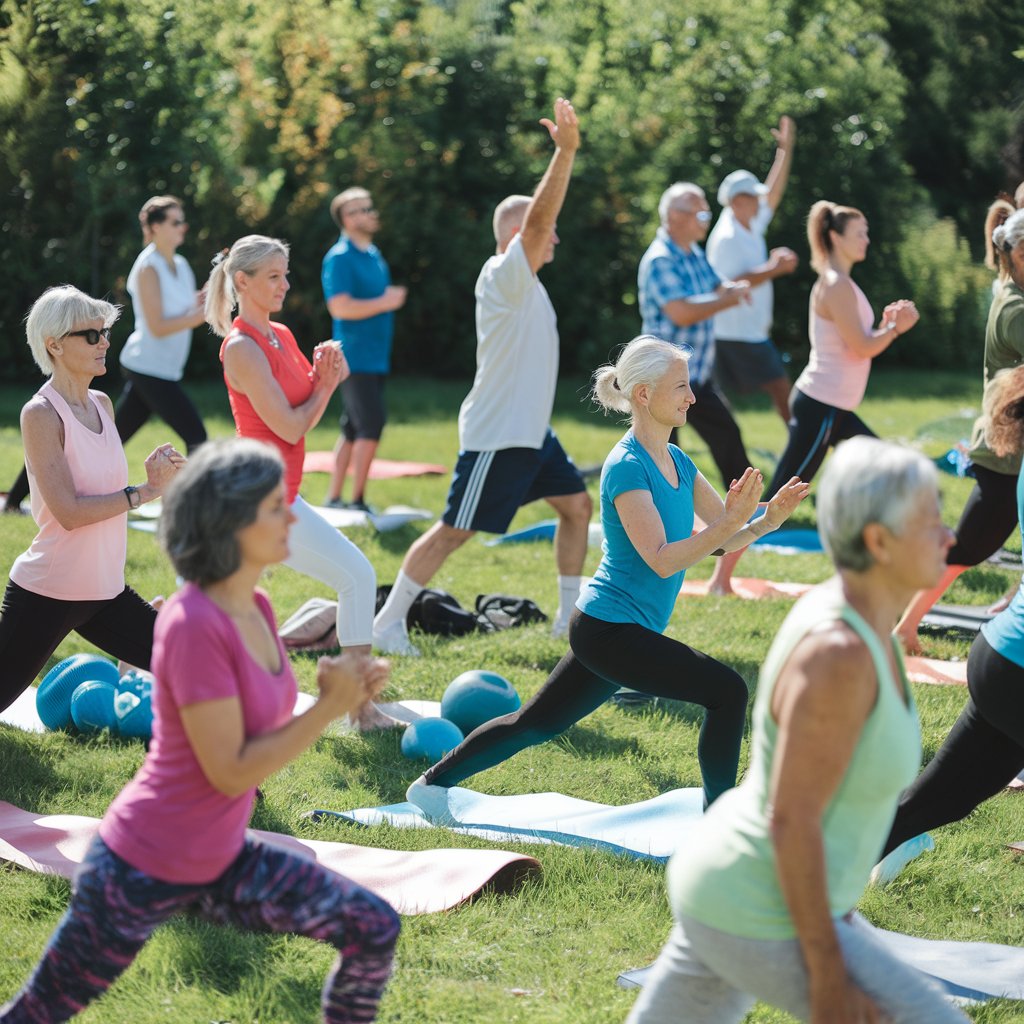
Longevity Fitness: Empowering Ageless Vitality
Longevity fitness holds the key to sustained vitality by blending science-backed insights with personalized strategies aimed at enhancing lifespan. It inspires an effective approach to health as you embark on a journey toward longevity.
Understanding Longevity Fitness
Understanding longevity fitness is not just about sporadic workouts; it embraces a holistic view on health that values continuous vitality throughout life. The focus is on optimizing well-being through a mix of physical activity, nutrition, and mental engagement. Ultimately, longevity fitness seeks to maintain muscle mass, boost mobility, and encourage healthy habits that support an active lifestyle well into the later years.
A crucial element is cellular health. As we grow older, our cellular functions may decline, leading to reduced energy production and recovery efficiency. Engaging in regular physical activity can counteract cellular aging. Research shows that exercise prompts mitochondrial biogenesis, which enhances energy metabolism. Furthermore, preserving muscle mass is vital, as it strongly correlates with longevity. Strength training combats the natural loss of lean muscle that comes with age, keeping metabolism humming and promoting functional independence.
Additionally, individualized fitness assessments play an essential role in longevity fitness. These evaluations can pinpoint personal needs and track progress, creating tailored programs targeting flexibility, strength, and endurance. An innovative tool is MetersFit, which provides AI-driven insights to assess biological age and fitness levels. This technology paves the way for more accurate training strategies aimed at lengthening life. For in-depth guidance, refer to exercise routines for optimal aging. By prioritizing knowledge and incorporating longevity fitness principles, individuals empower themselves to lead healthier, longer lives.
Science Behind Longevity Fitness
The foundation of longevity fitness is increasingly supported by scientific research. It is not solely about extending life; it is focused on improving quality of life. Studies reveal that staying active consistently reduces the risk of chronic diseases and boosts overall life quality. A notable study by Dr. Valter Longo sheds light on how exercise influences cellular aging, providing a biological framework for longevity fitness. Regular workouts stimulate cellular repair mechanisms, fostering healthier aging.
Additionally, research underscores the importance of strength training and cardiovascular exercises for maintaining metabolic health. Incorporating a balance of workouts can enhance heart health, improve insulin sensitivity, and support cognitive function. As we age, we naturally lose muscle mass, but resistance training can reverse this trend, playing a critical role in ensuring physical independence in later years.
Interestingly, evidence suggests that social interaction during exercise amplifies benefits. Group activities can motivate and promote emotional well-being. This connection between physical and mental health is crucial for longevity fitness.
Including functional movements in exercise routines can further enhance lifespan. Activities such as walking, swimming, or cycling are excellent for maintaining mobility. Embracing these concepts allows individuals to take charge of their health journeys. For more insights on effective aging exercises, check out exercise routines for optimal aging.
Practical Exercises for Longevity Fitness
Incorporating effective exercises into your routine can have a substantial impact on longevity fitness. It is important to focus on movements that support joint mobility, muscle strength, and cardiovascular stamina. These aspects combined form the basis of a vibrant and active lifestyle as we grow older.
Start with functional movements. Squats and lunges are great for building lower-body strength and improving balance. Adding core stability exercises, such as planks, strengthens your overall body. A solid core not only supports your spine but also minimizes injury risk, making daily tasks easier.
Incorporating aerobic workouts is equally crucial. Low-impact options like swimming or cycling elevate your heart rate while being gentle on the joints. These activities bolster cardiovascular health and enhance longevity fitness. Aim for at least 150 minutes of moderate aerobic activity each week.
Don’t forget about flexibility training. Regular stretching or yoga can expand your range of motion and help prevent stiffness, particularly important for maintaining mobility as you age.
Lastly, pay attention to your body and adjust exercises according to your fitness level. Finding the right balance of activities promotes longevity fitness while nurturing vitality for life. For extra tips on maintaining flexibility into your later years, take a look at this article.
Case Studies in Longevity Fitness
Understanding longevity fitness often takes real-life examples to bring the concepts to the forefront. Let’s explore a few individuals who embraced this approach and achieved notable outcomes.
Consider Mary, a 68-year-old retiree. After a heart scare, she dedicated herself to a structured longevity fitness program. She incorporated strength training, yoga, and cardiovascular workouts into her routine. After six months, she noticed increased muscle strength and flexibility. Not only did her body grow stronger, but her mental health improved significantly. A study published in *Journals of Gerontology* suggests that this type of physical activity can greatly enhance mental well-being.
Then there is Tom, a 75-year-old who had lived a mostly sedentary life. Driven by the desire to play with his grandchildren, he decided to make changes. He began with low-impact activities, gradually building endurance through walking and balance exercises. His recent participation in a local charity run demonstrated remarkable improvements. Research indicates even moderate exercise can enhance longevity while lowering the risk of chronic disease.
These stories highlight the impact of longevity fitness, reminding us that adopting such practices can yield real benefits, enhancing both physical and mental vitality. Embracing these adjustments leads to a healthier, more fulfilling life. For more insights on this journey, check out exercise and mental health.
Implementing Longevity Fitness Strategies
Implementing longevity fitness strategies involves a thoughtful integration of various lifestyle components. It acknowledges the connection between movement, nutrition, and mental health. Start by ensuring a balanced exercise routine. Research indicates that combining strength training with aerobic activity greatly enhances longevity and overall well-being. Aim for at least 150 minutes of moderate aerobic exercise weekly, in addition to two days of strength training.
Next, focus on nutrition. A diet rich in whole foods significantly affects your longevity fitness. Include a variety of colorful fruits, vegetables, whole grains, lean proteins, and healthy fats. Studies show that diets high in antioxidants and anti-inflammatory properties can help slow the aging process.
Do not overlook mental fitness. Incorporating practices like mindfulness or meditation can enhance mental clarity and emotional health. Research highlights that a strong mindset is closely linked to overall physical well-being and longevity.
Finally, prioritize social connections. Healthy relationships promote better health outcomes and can extend your lifespan. Surround yourself with positive influences and engage in community activities. By following these longevity fitness strategies, you foster a more vibrant and healthy life. For personalized training plans, check out [this online custom training plan](https://metersfit.com/online-custom-training-plan/).
Final Words
Exploring longevity fitness reveals practical methods to support lasting health. Platforms like MetersFit provide tailored guidance that contributes to an ageless lifestyle. Start your journey now by joining the waitlist for innovative tools. Visit here to begin.


